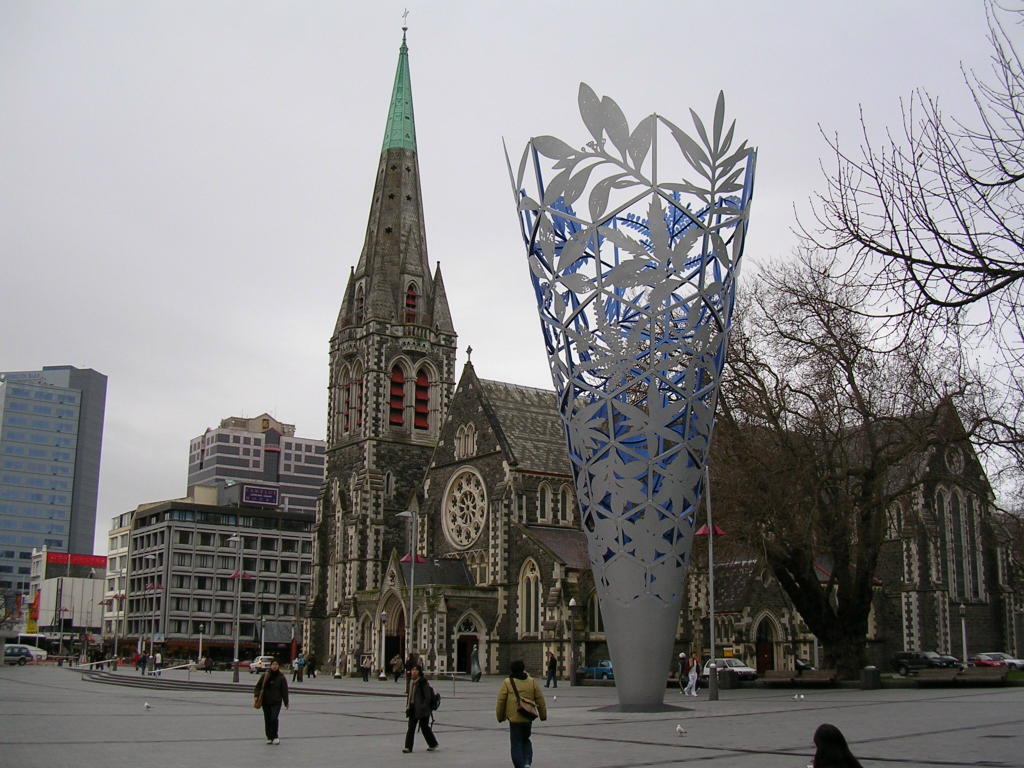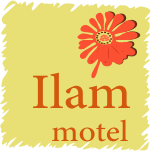Christchurch is the largest city in the South Island of New Zealand, and the country’s third-largest urban area. It lies one third of the way down the South Island’s east coast, just north of Banks Peninsula which itself, since 2006, lies within the formal limits of Christchurch.
The area administered by the Christchurch City Council has a population of approx 363,200 people making it the second-largest in New Zealand, and the largest city in the South Island. The Christchurch urban area is the second-largest in the country by population, after Auckland. Christchurch became a city by Royal Charter on 31 July 1856, making it officially the oldest established city in New Zealand.
The river that flows through the centre of the city (its banks now largely forming an urban park) was named Avon at the request of the pioneering Deans brothers to commemorate the Scottish Avon, which rises in the Ayrshire hills near what was their grandfathers’ farm and flows into the Clyde.


The large number of public parks and well-developed residential gardens with many trees has given Christchurch the name of The Garden City. Hagley Park and the 30-hectare (75 acre) Christchurch Botanic Gardens, founded in 1863, are in the central city, with Hagley Park being a site for sports such as golf, cricket, netball, and rugby, and for open air concerts by local bands and orchestras. To the north of the city is the Willowbank wildlife park. Travis Wetland, an ecological restoration programme to create a wetland, is to the east of the city centre in the suburb of Burwood.
On Saturday 4 September 2010, a magnitude 7.1 earthquake struck Christchurch and the central Canterbury region at 4:35 am. Located near Darfield, west of the city at a depth of 10 kilometres (6.2 mi), it caused widespread damage to the city and minor injuries, but no direct fatalities.
Nearly six months later on Tuesday 22 February 2011, a second earthquake measuring magnitude 6.3 struck the city at 12:51 pm. It was located closer to the city, near Lyttelton at a depth of 5 km. Although lower on the moment magnitude scale than the previous earthquake, the intensity and violence of the ground shaking was measured to be MM IX, among the strongest ever recorded globally in an urban area and in total 185 people were killed with nationals from more than 20 countries among the victims. ChristChurch Cathedral lost its spire and widespread damage was caused across Christchurch to buildings and infrastructure already weakened by 4 September 2010 earthquake and its aftershocks. Significant liquefaction affected the eastern suburbs, and the total cost to insurers of rebuilding has been estimated at NZ$20–30 billion.
On 13 June 2011 Christchurch was again rocked by two more large aftershocks. A 5.6 at only 9 km (6 mi) deep hit at 1.00 pm in the general location of Sumner, Christchurch this was followed by another 6.3 at only 6 km (4 mi) deep at 2.20 pm again in the general location of Sumner, Christchurch. This resulted in more liquefaction and building damage, but no more lives were lost.


SOURCE : Wikipedia
There were further earthquakes on 23 December 2011; the first, of magnitude 5.8 according to the US Geological Survey, 26 km (15 miles) north-east of the city at a depth of 4.7 km, at 13:58, followed by several aftershocks and another earthquake of magnitude 6.0 and similar location 80 minutes later, with more aftershocks expected. St John Ambulance reported after the two quakes that there were minor injuries at homes and businesses but no serious injuries and few indications of building collapses at the time. Christchurch airport was briefly closed. There were power and water outages at New Brighton and severe damage to the Parklands region, including roads and footpaths.
Christchurch was again rattled awake on 2 January 2012; the first; a magnitude 5.1 struck at 01:27 followed five minutes later by a magnitude 4.2 aftershock; a second larger earthquake struck at 05:45 with a magnitude of 5.5. This caused power outages to the eastern suburbs of Parklands, New Brighton, Shirley, Dallington, Burwood, Spencerville and Richmond; this affected around 10,000 homes.
The Christchurch city council has announced that Christchurch will be built as a “city in a garden” with an estimated cost of NZ$2 billion. The size of the city’s business district will be reduced, giving much more space over to parkland. In addition, the height of buildings will be limited in the city centre.
